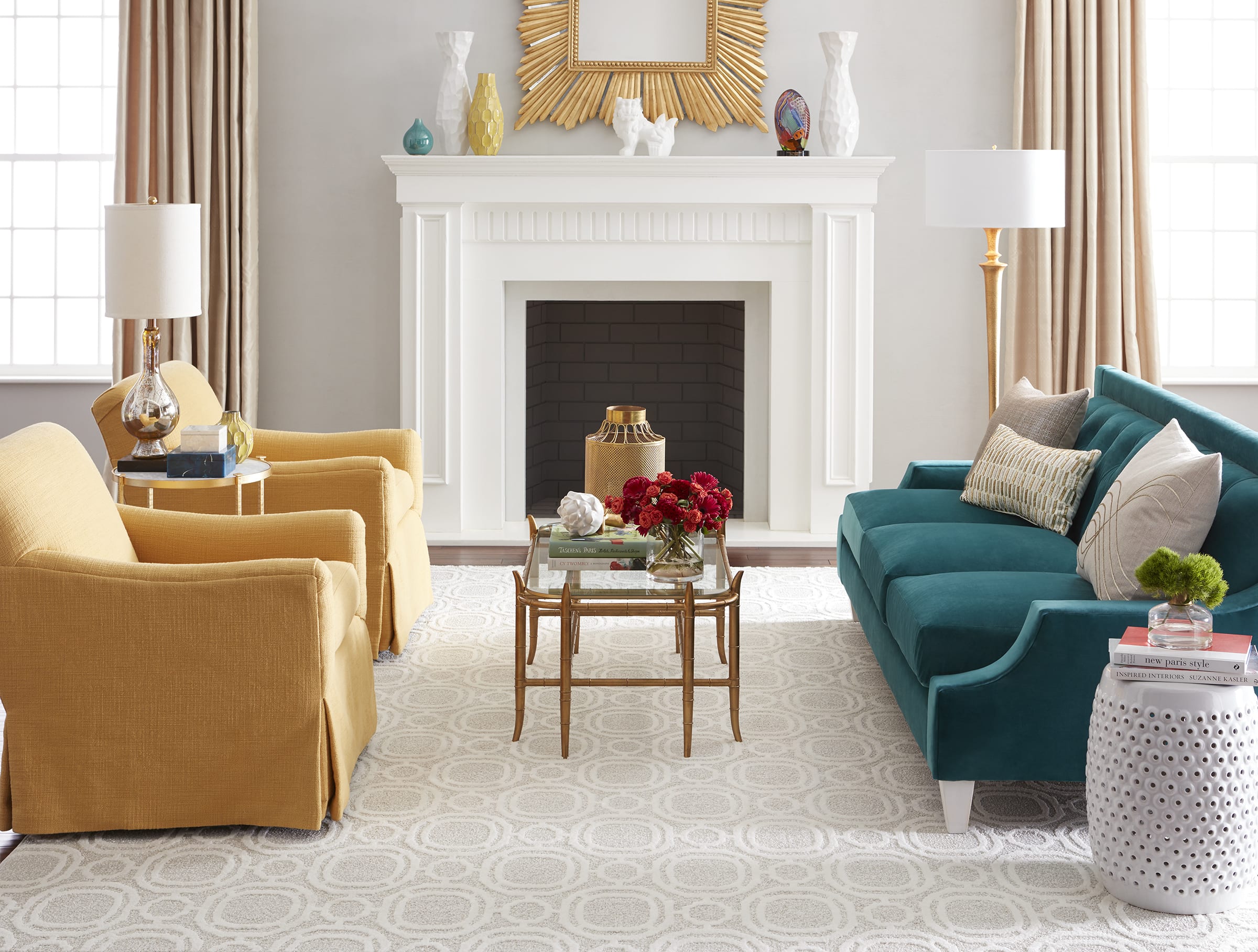Carpet is a type of floor covering that is commonly used in homes, offices, and other commercial spaces. It is made from various materials, such as wool, nylon, polyester, and polypropylene, and comes in a wide range of colors, patterns, and textures to suit different preferences and needs. Here's everything you need to know about carpet:
Types of Carpet Fibers:
-
- Nylon: Durable and resilient, nylon is one of the most popular carpet fibers due to its strength and resistance to wear and tear.
- Polyester: Known for its softness and vibrant colors, polyester is often used in residential settings.
- Wool: A natural fiber prized for its luxurious feel and durability. Wool carpets are more expensive but offer excellent longevity and performance.
- Polypropylene (Olefin): Affordable and resistant to stains and moisture, polypropylene carpets are often used in areas with high traffic or where spills are common.
-
- Cut Pile: The most common style where the loops of yarn are cut at the top, creating a soft and plush surface. Examples include plush, Saxony, and frieze carpets.
- Loop Pile: In this style, the yarn forms loops without being cut, providing a more textured appearance. Berber and level loop carpets are examples of loop pile styles.
- Cut and Loop Pile: Combines both cut and looped fibers to create patterns or textures, offering both durability and visual interest.
Carpet Construction:
-
- Tufted: Most carpets are tufted, where yarn is threaded through a backing material to create the pile. Tufted carpets are versatile and come in a wide range of styles and prices.
- Woven: Woven carpets are made on a loom, where the fibers are interlaced to create the carpet's structure. Axminster and Wilton carpets are examples of woven carpets known for their durability and intricate designs.
- Needle-Felt: These carpets are made by interlocking synthetic fibers through the use of barbed needles. Needle-felt carpets are often used in commercial settings due to their durability and resistance to wear.
Carpet Padding: Carpet padding, also known as cushion or underlay, is placed beneath the carpet to provide support, insulation, and noise reduction. It also helps to extend the life of the carpet by absorbing impact and reducing wear.
Durability and Lifespan:
-
- The lifespan of a carpet depends on various factors, including the quality of the fiber, the construction method, and the level of maintenance.
- Generally, high-quality carpets made from durable fibers like nylon or wool can last 10-15 years or more with proper care.
Cost:
-
- Carpet prices vary depending on factors such as fiber type, construction method, style, and brand. Nylon and polyester carpets are generally more affordable than wool.
- Additional costs may include carpet padding, installation, and any necessary maintenance or cleaning supplies.
Overall, carpet is a versatile and popular flooring option known for its comfort, warmth, and aesthetic appeal. By understanding the different types, styles, and maintenance requirements, you can choose the right carpet to enhance your space and meet your needs.








